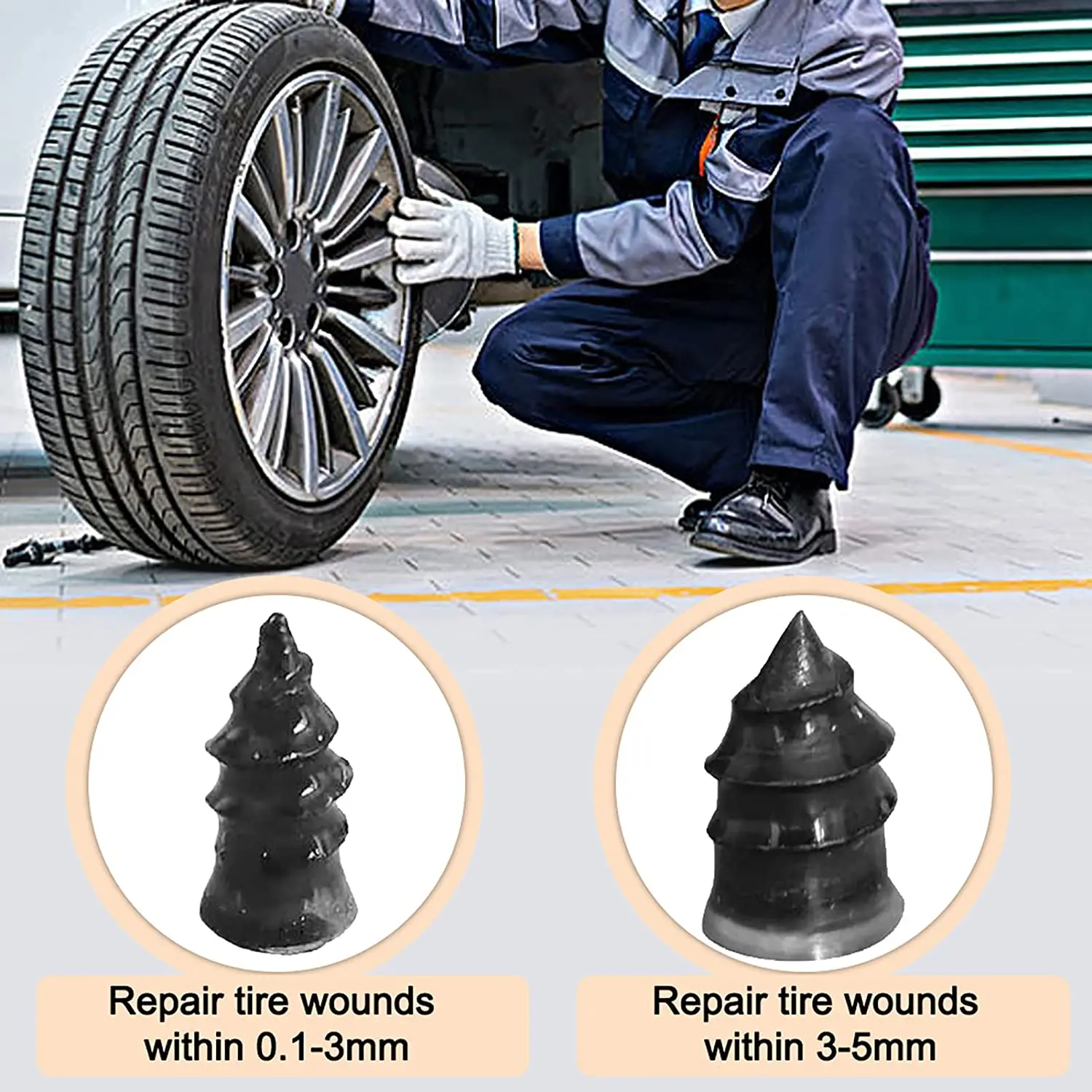By John Goreham G+ Jun 29 2020 - 11:03am
Many vehicle owners feel frustrated when they have a nail in the tire and are told by a tire shop that the tire cannot be repaired. Here are a few common reasons why it can’t be fixed.
Advertisement
You just either rolled up to a tire shop on a flat, were towed in, or drove in with your spare on the car and the flat in the trunk. You have important things to do today, and since you can clearly see there is a nail in the tread, you expect to be told that the nail can be pulled out and the tire fixed quickly. However, after a quick glance, the tire shop says, “No can do, Bubba.” They are not just trying to sell you a new tire. There are real reasons why many flats cannot simply be patched.
Reason 1 Why Your Tire Cannot Be Repaired – You Drove On The Flat
Modern tires have an inner structure of the sidewall that is not designed to support your vehicle when uninflated. You can usually get away with a flat tire rolling without air for a short distance – think yards, not miles. However, if you just drove 10 minutes on the flat, you destroyed that important sidewall structure and the tire cannot be repaired.
Related Story: Tire Shortages and Delays: Not Just For Tesla Owners Anymore
Reason 2 Why Your Tire Cannot Be Repaired – Your Puncture Is In The No Repair Zone
Modern tires also need to be puncture-free along the sides and in from the sides about 20% on both sides of the tire. If your puncture is near the sidewall you are out of luck. Tire shops need to keep customers safe, and they follow the standard industry guidelines and will not repair a puncture too close to either sidewall. They should err on the side of caution to protect your safety and protect themselves from liabiility. Most do.
Reason 3 Why Your Tire Cannot Be Repaired – Your Tire Has Other Issues
If you have a bubble, a tear, or a big honking carbuncle on the side of your tire, it is unrepairable.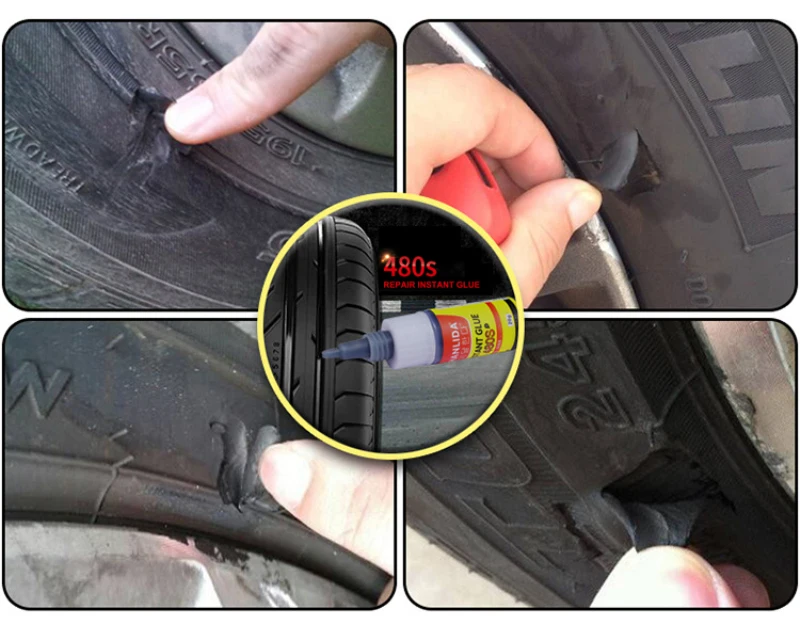 Even if that is NOT why your tire went flat. If you have any area of the tire worn beyond the tread wear indicators, your tire is not repairable. If your tire is older than the internet, your tire is not repairable. If your tire is unevenly worn and any of the metal parts inside are visible your tire is not repairable. We can keep going. Basically, if your tire was not safe before the puncture, your tire shop would be crazy to try to repair the puncture. According to NHTSA, hundreds of people are killed each year due to tire failure. Your tire shop does not want you to be killed due to tire failure with the receipt for the repair sitting in the cupholder.
Even if that is NOT why your tire went flat. If you have any area of the tire worn beyond the tread wear indicators, your tire is not repairable. If your tire is older than the internet, your tire is not repairable. If your tire is unevenly worn and any of the metal parts inside are visible your tire is not repairable. We can keep going. Basically, if your tire was not safe before the puncture, your tire shop would be crazy to try to repair the puncture. According to NHTSA, hundreds of people are killed each year due to tire failure. Your tire shop does not want you to be killed due to tire failure with the receipt for the repair sitting in the cupholder.
Reason 4 Your Tire Cannot Be Repaired - You Have Run Flat Tires
Many shops will not repair a run-flat tire that has had a puncture. Although run-flats are designed to get you to a shop or home when you have a puncture, they may not have been designed to then be repaired and continue in service after having been driven when deflated. This is one reason we give run-flat tires like those on BMW vehicles a thumbs-down.
This is one reason we give run-flat tires like those on BMW vehicles a thumbs-down.
Reason 5 Your Tire Cannot Be Repaired - The Puncture Is Too Large
If the puncture in your tire isn't just a normal nail or screw, but rather a chunk of metal, your repair shop will tell you to buy a new tire. Sometimes the metal bruises or gouges the tire either inside or outside and the plug and patch method of repair is simply not safe to perform.
Reason 6 Why Your Tire Cannot be Repaired - It Was Struck By A Meteorite
We recently had a puncture that we surmised was a meteorite strike. Yes, it sounds crazy, but read our story and tell us if you have a better guess.
Take care of your tires and they will take care of you. If you have a tire-repair story to tell, feel free to offer it up in the comments below.
John Goreham is a life-long car nut and recovering engineer. John's focus areas are technology, safety, and green vehicles.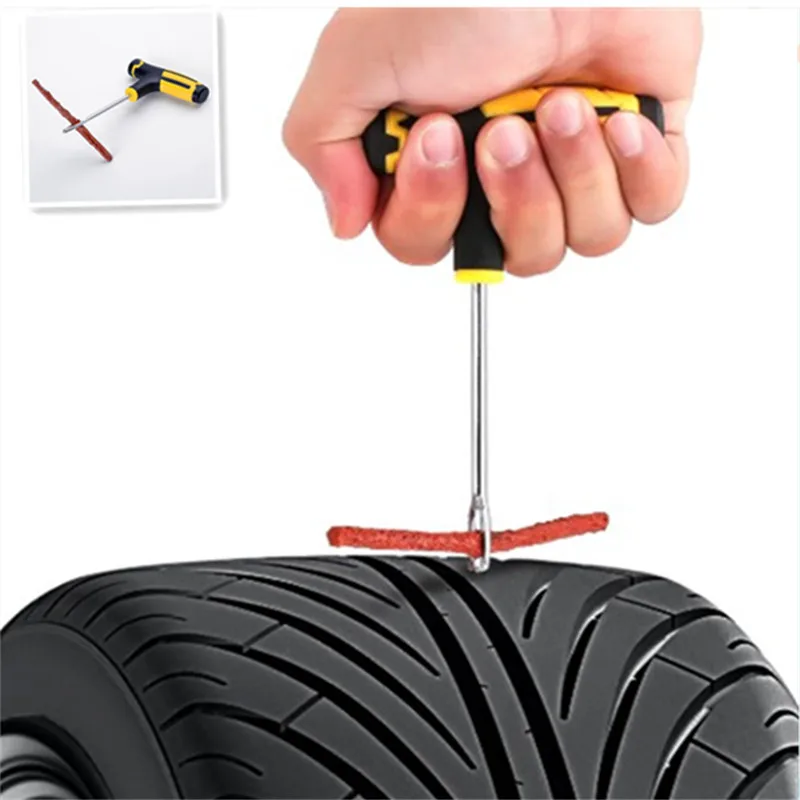 In the 1990s, he was part of a team that built a solar-electric vehicle from scratch. His was the role of battery thermal control designer. For 20 years he applied his engineering and sales talents in the high tech world and published numerous articles in technical journals such as Chemical Processing Magazine. In 2008 he retired from that career to chase his dream of being an auto writer. In addition to Torque News, John's work has appeared in print in dozens of American newspapers and he provides reviews to many vehicle shopping sites. You can follow John on Twitter, and view his credentials at Linkedin
In the 1990s, he was part of a team that built a solar-electric vehicle from scratch. His was the role of battery thermal control designer. For 20 years he applied his engineering and sales talents in the high tech world and published numerous articles in technical journals such as Chemical Processing Magazine. In 2008 he retired from that career to chase his dream of being an auto writer. In addition to Torque News, John's work has appeared in print in dozens of American newspapers and he provides reviews to many vehicle shopping sites. You can follow John on Twitter, and view his credentials at Linkedin
Images by John Goreham. Use with permission only.
Automotive News
News Opinion
Toyota News, Pricing and Reviews
Follow Torque News on YouTube, Twitter and Facebook.
Discover the Secret to Tesla's Low Rollover Risk and Occupant Injury
Tesla Shows a Rare Footage of Cybertruck's Crash Test
More Recent Videos
Patching is a measure to be taken when the tire has a flat condition. The causes of the above damage are due to being punctured by a sharp object, or the wall is not well resistant to friction from both sides of the body and the road surface, causing the thing to be worn away.
In such cases, instead of replacing a new one, many people choose the economical repair and still ensure good quality.
So, when can a tire not be patched?
The article will analyze each case in detail. Let’s check it out!
Let’s check it out!
The damage often is a hole, a leak of air, these are all minor injuries, and most are thriving. A common way to finish them is to thread a gas carrier wire inside through the leaks found.
If the gap does not fit the hand, the worker will expand and stretch the wound with hot crude oils. Although the repair technique is quite simple, if the artistry of the mechanic is not good, the fixation is not in the correct position, it will affect the life of the whole wheel.
The plugs and straps support many risks of breakage during the airflow leading to bulging and misaligned conditions in the product.
So the correct way to repair the process is:
Depending on the case, the repair method is also different, but your tire cannot be patched anymore when you encounter the following conditions.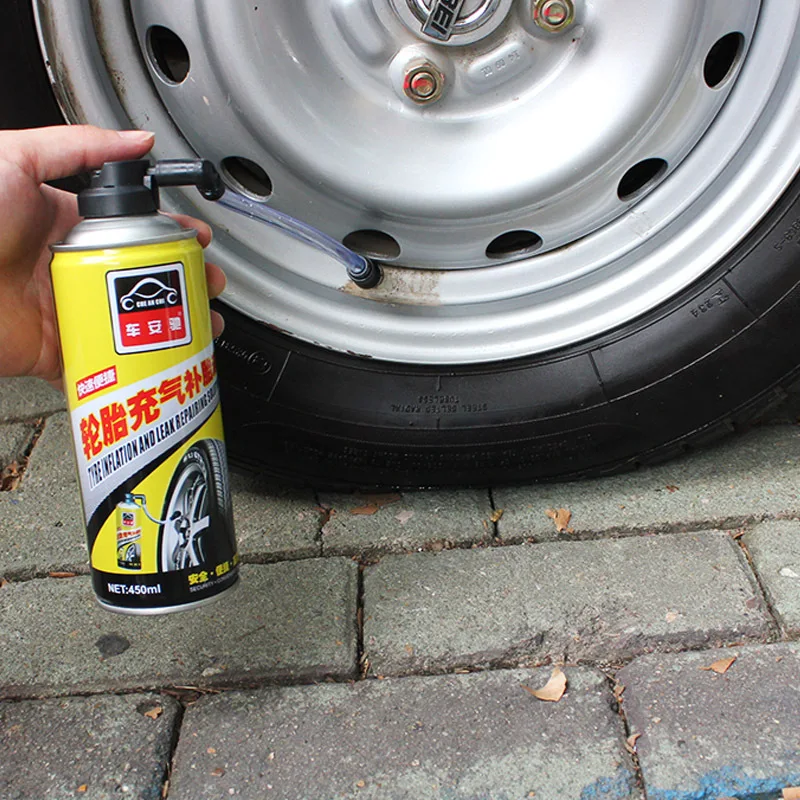
If the hole exceeds 6mm, you can never patch it. The larger the wound length, the higher the expansion problems; besides, the body structure is also gradually breaking down when the tearing of the air outlet is prolonged.
Next is the wear indicator that touches the 2/32 inch; danger will happen at any time because the traction is no longer adequate when you drive.
Your puncture is in the shoulder area.The tire’s sidewall is flexible and can be to a certain extent. When moving, the wheel is impacted by many objects such as gravel, etc.
So in terms of structure, the internal body design is more solid. When cracks appear in the tire’s sidewalls, the stickers during the move will peel off, weakening the air cushion between the repair contact surface, causing air to continue to leak.
It got stuck by a meteor.Damage from hitting a meteorite is actual. It was through the owner of the car.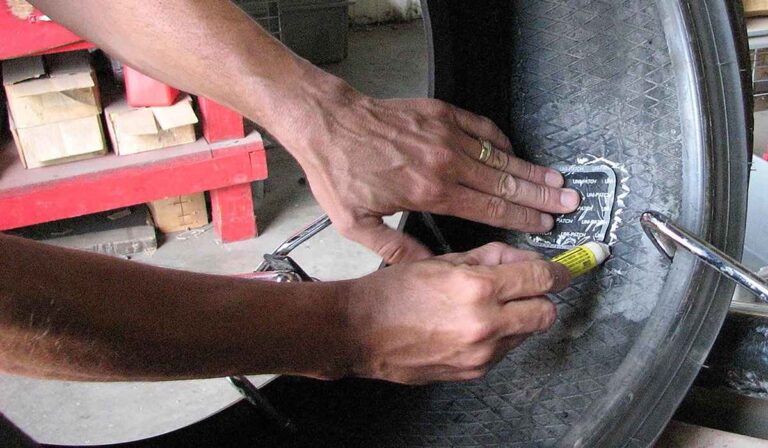 It looks pretty similar to commonly worn rocks, but the areas around the impact are melting because of the meteorite’s heat. So patching the damage is not possible.
It looks pretty similar to commonly worn rocks, but the areas around the impact are melting because of the meteorite’s heat. So patching the damage is not possible.
With this type, the process of releasing air pressure at the beginning of a puncture is slow, so you can continue to run to the repair shop.
But this is not too recommended because while moving, the body pressure has inadvertently eroded the wheel’s surface, solving the problem by multiplying.
Other problemsBesides the signs we have outlined above, there are many other reasons why you can not repair the wheel. Specifically:
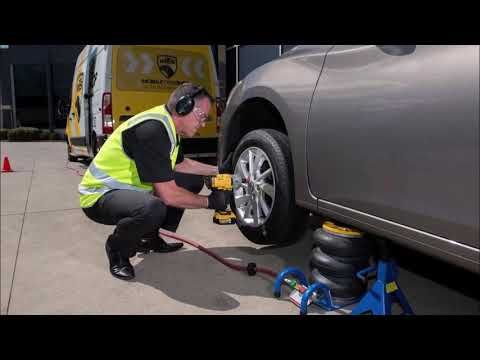
There are many reasons given, but the main one is that the damage occurs too severely, or lasts a long time, causing many other tire factors.
If you try to patch it up to repair, the air seal will not hold because the running wires will push the rubber sheet away from there, returning to the original condition.
When Can You Repair Tires?When the tire has damaged problems such as holes or wear on the wheel, it’s time to have it repaired. For common punctures, depending on the location determines the injury’s severity.
Regardless of exceptions, the hole is in the center of the tread, and the diameter exceeds 6mm; it is easy to fix. The patching method is also quite simple, but it requires an experienced professional to determine the correct position and force of the glue in the most accurate way.
Ideally, the tire should be complete from the rim for easy viewing, and the air outlet must fill, the wound mouth fixed from the inside.
Besides, you should regularly pay attention to the condition of the wheel to control the wear rate most surely. Driving to a service center is an effective way to protect both the tires and the body. Note that if the wear reaches the threshold of ⅔ inch, do not try to patch it but choose a new one.
For details, let’s see the video:
Can Bubble Tires Be Repaired?Bubbles in tires can be caused by many factors such as road conditions, lack of air pressure or weight overload, or manufacturing defects. The result of bubbles is the stretching of the layers in the wheel wall.
This situation can be re-filling it with air, preventing the delamination process. If you want to be sure, you should go to the center for effective maintenance.
Detecting a wheel in trouble is relatively easy, but determining the tire’s extent is quite tricky. Although this problem occurs quite often, it also has aspects to pay attention to avoid, such as unrepairable cases to help save time and money.
In this article, we have given specific knowledge related to this issue. If you have any questions, don’t hesitate to reach us to solve them as soon as possible.
Alvin Reyes
Alvin Reyes has expertise in automotive evaluation. He collaborated with famous newspapers and is still making efforts in tire review for DrivingPress.com
This post was last updated onExpanding the horizons of the possible
DOWNLOAD CATALOG
Oversized tire repair technology
SOLUTION
REPAIR
The reduction of this cost essentially depends on the increase in the service life of tires.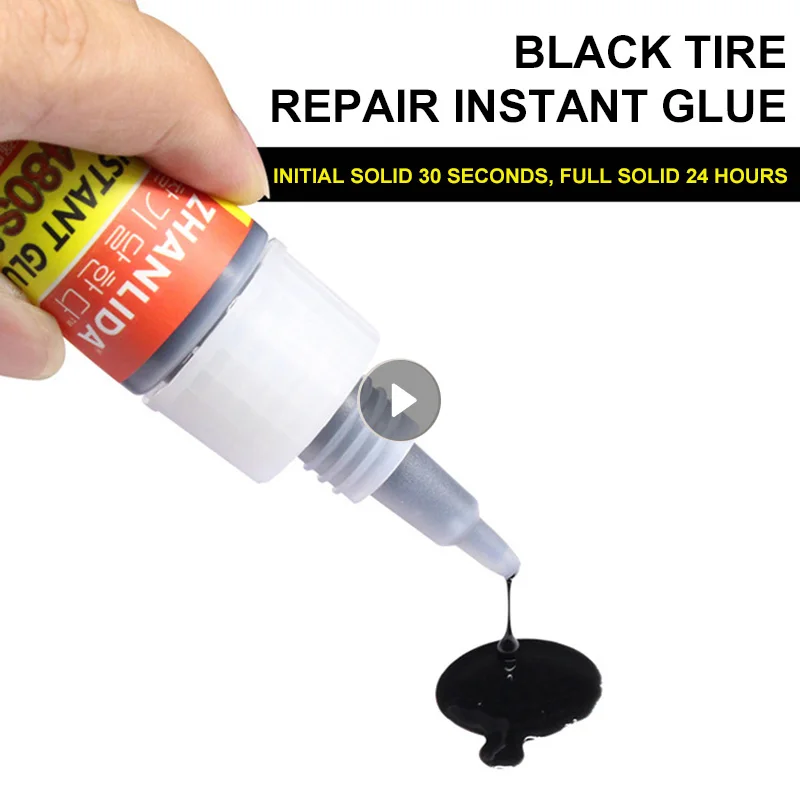
Tire repairers face new professional challenges in a volatile economy and regular supply disruptions:
• Reduced repair time, increased requirements for repair quality and warranty periods.
• Tire rejection requirements are reduced so that tires with more and more complex damages that cannot be reliably repaired by standard methods are included in the repair.
• The service conditions for repaired tires become more difficult and the load on the repair area increases.
For four years, ROSSVIK specialists have been testing the TRS technology at the production facilities for the restoration and repair of overhead cylinders in the most severe climatic conditions: from low temperatures in the Arctic to extremely high temperatures in Central Asia. The result of the tests was the TRS line of materials for the restoration repair of truck and large-size tires of the SSC, which allows you to return to service up to 70% of tires with mechanical damage, including those that were previously considered unrepairable.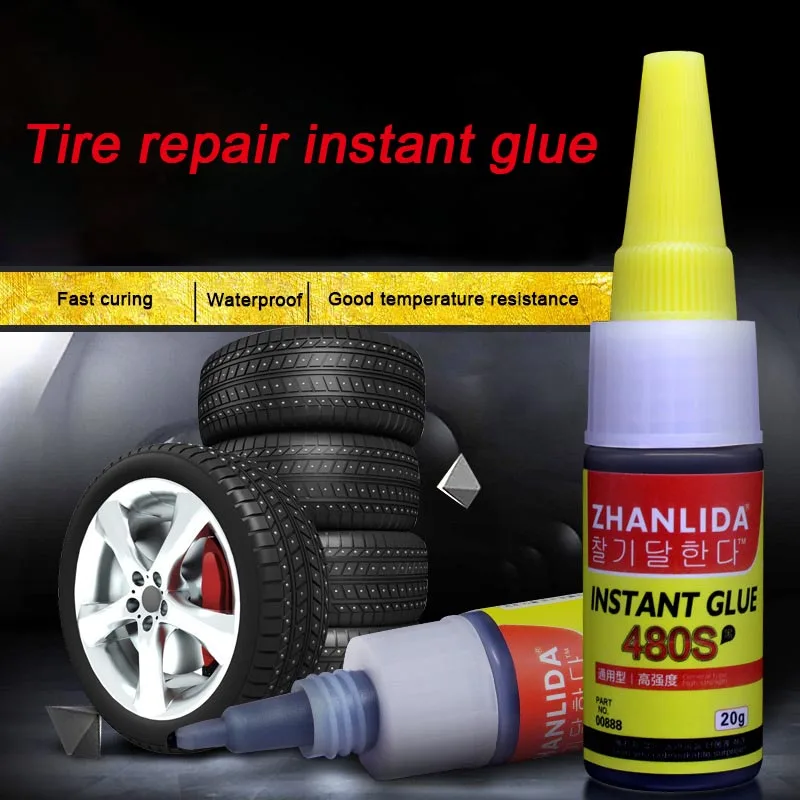
Together with you, we were looking for ways to solve new problems and our answer was TRS technology - a universal solution for the repair of radial steel cord tires of all sizes, especially CGs and CGs.
TRS technology is based on the idea of replacing damaged tire cables with a steel cord patch with the same shape and properties as the damaged section of the tyre. For repair, a two-component patch is used (unvulcanized element + vulcanized), which allows you to fully restore the damaged area of \u200b\u200bthe tire without creating excessive stress and providing maximum strength.
The use of combined repair materials provides a truly individual approach to each repair, which in turn allows the return to service of tires that were previously considered unrepairable. In particular, tires with damage in the “non-repairable” zone of the bead ring.
According to our own statistics, the share of damage affecting the "non-repairable" zone is up to 15% of the total number of tires suitable for repair.
How is TRS different from standard one or two step repair?
Customized
Each TRS patch is cut for a specific repair to cover only damaged cables, without unnecessary overlap in width. This provides the best flexibility and minimum heating of the repair site.
High survivability
Flexible, precisely matched to the width of the damage, the fan patches “recessed” into the tire carcass and are flush with the tire cables. This provides unparalleled repair strength even in the event of repeated tire failure.
Maximum adaptability
Due to its shape, flexibility, and special installation method, TRS fan patches repair the damaged section of the tire and are able to work effectively even in the most difficult operating conditions.
Advanced Features
Unvulcanized TRS fan patches allow repairs to be made in the "non-repairable" area of the bead ring, while S repair plates repair damaged belt layers.
Increased repair warranty due to minimal heating of the repair area.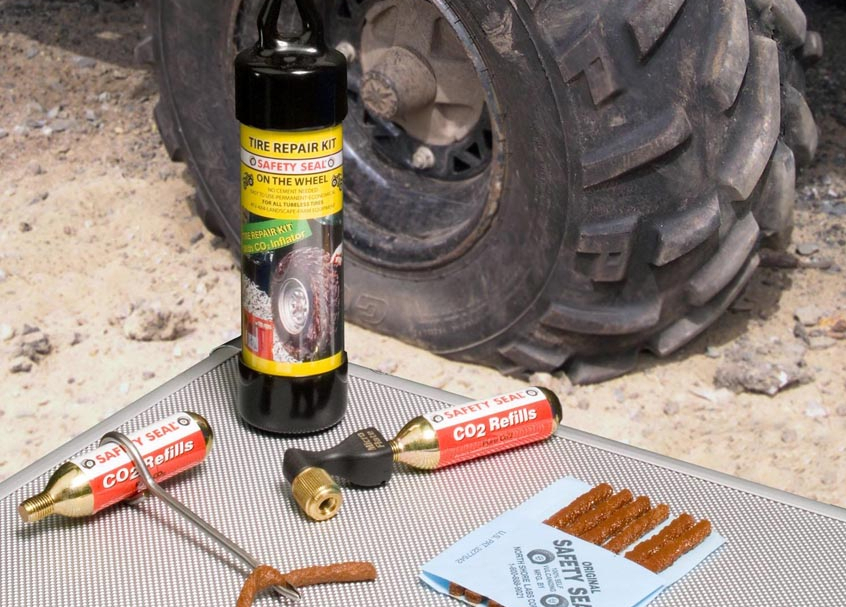
Due to the special design and special technology of preparing the repair area, TRS patches are able to work exactly like a tire carcass and do not create excessive rigidity at the repair site.
The ability to return to full service tires that were previously considered unrepairable.
Based on our experience, the proportion of damage attributable to the “non-repairable” bead ring area is up to 15% of the total.
Convenient for tire repair personnel.
TRS technology provides technicians with a versatile and easy-to-understand tool for repairing both minor and complex damage.
A well-chosen range of plasters reduces the likelihood of wrong choice of repair material.
Benefits of TRS technology over standard repair technology
The sidewall of the tire experiences maximum deformation during movement, acting as a shock absorber for road surface irregularities. The repair of this area requires the restoration of not only the strength, but also the elastic properties of the tire.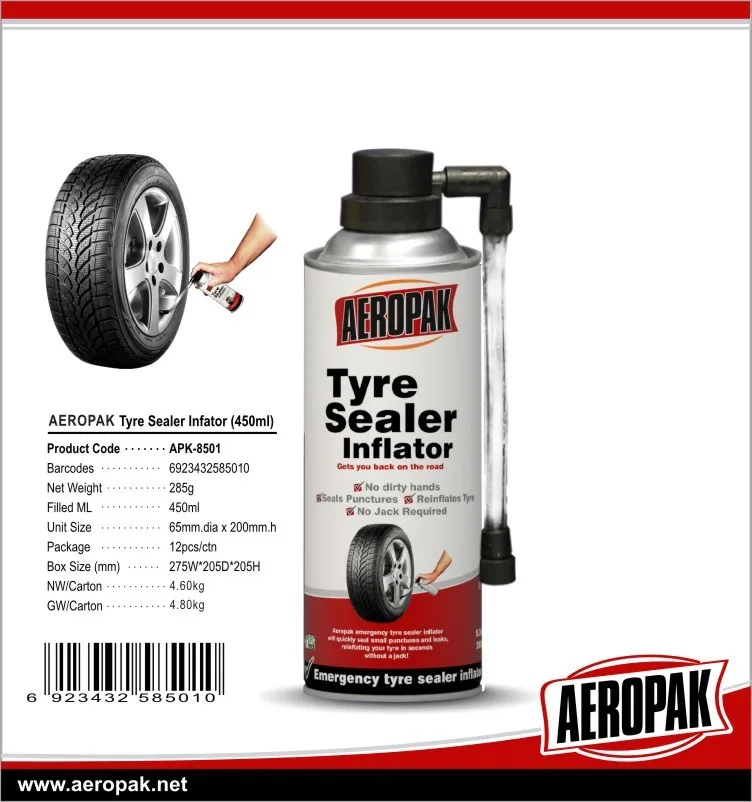
The shoulder area of the tire is located at the junction of the flexible sidewall and the inextensible belt. Variations in tire stiffness, torsional loads during wheel turn, and maximum carcass rubber thickness make the shoulder area the most difficult to repair. Shoulder repair requires a repair material that combines strength, flexibility, and the ability to stretch in all directions.
Tire tread damage is the most common of all. The larger the tire, the more serious damage it receives from hitting foreign objects. When repairing breakouts in the tread, it is especially important not only to connect the ends of broken carcass layers, but also to restore the rigidity of the repair zone. To do this, TRS has special technologies and repair materials in its arsenal.
Examples of repairs using TRS
Side zone
shoulder zone
Running path
Consultations of professionals
from Rossvik
Our car repair center
and large -sized tires are located on the territory .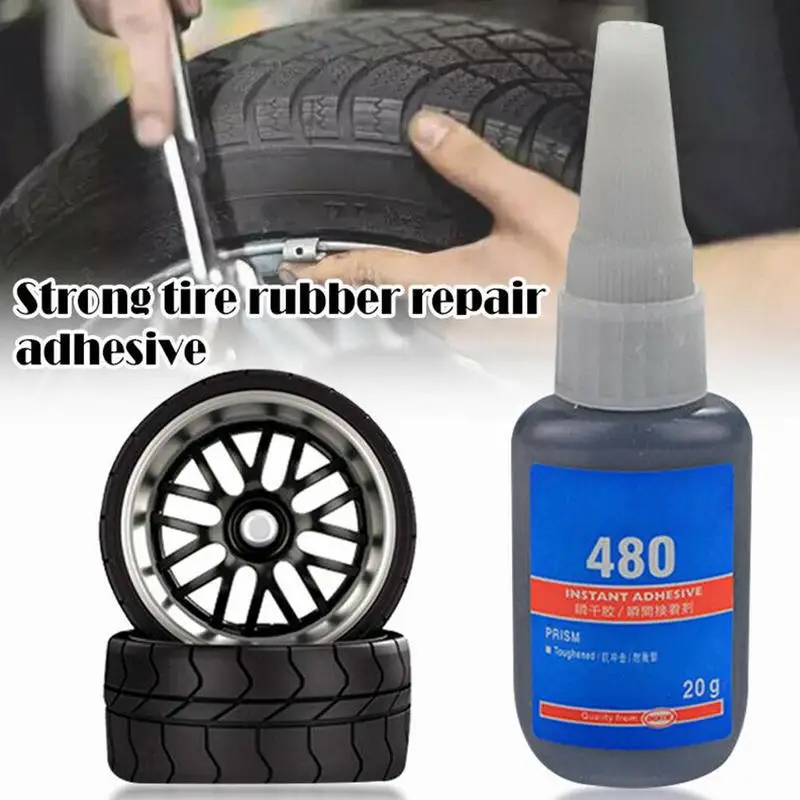
Sign up and you will receive:
Practical training,
expert advice
Product experience
Rossvik and various types of tires
Certificate of completion of
courses
We are pleased to invite everyone who wants to gain knowledge and additional experience to us!
Inquiries by phone:
+7 927 284-11-05
Kristina
Offsite training at the workplace, on the job
ROSSVIK specialists can conduct retraining or training from scratch for the staff of your tire repair shop.
We offer advanced training courses in the following areas:
Repair of passenger tires
Repair of low pressure tires
Repair of truck tires
Repair of oversized tires with TRS technology
Got an urgent task?
Leave a request by phone or fill out the online form right now:
By clicking the "send" button, you consent to the processing of your personal data and accept the terms of the Privacy Policy and User Agreement 9Telegram 0013
whatsapp Mail Phone© 2021 Rossvik
Top
Home
-
Articles
- How to choose tires?
Contents
Vehicle tires have an impact on driving safety and comfort.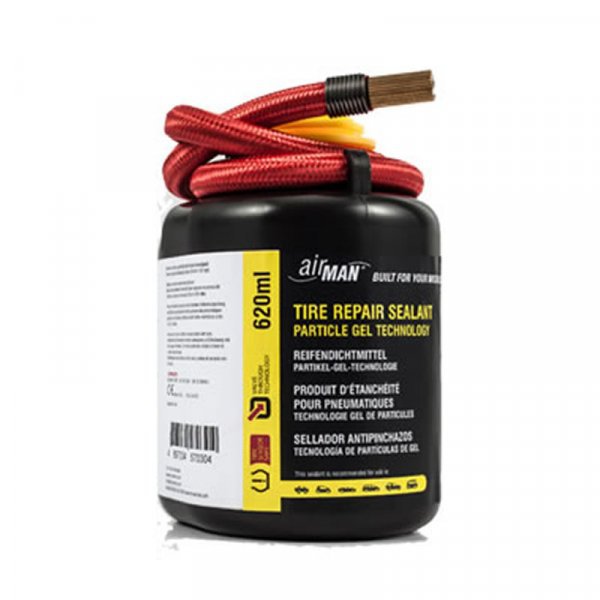 They should be selected according to their characteristics. When choosing, you should pay attention to a number of parameters.
They should be selected according to their characteristics. When choosing, you should pay attention to a number of parameters.
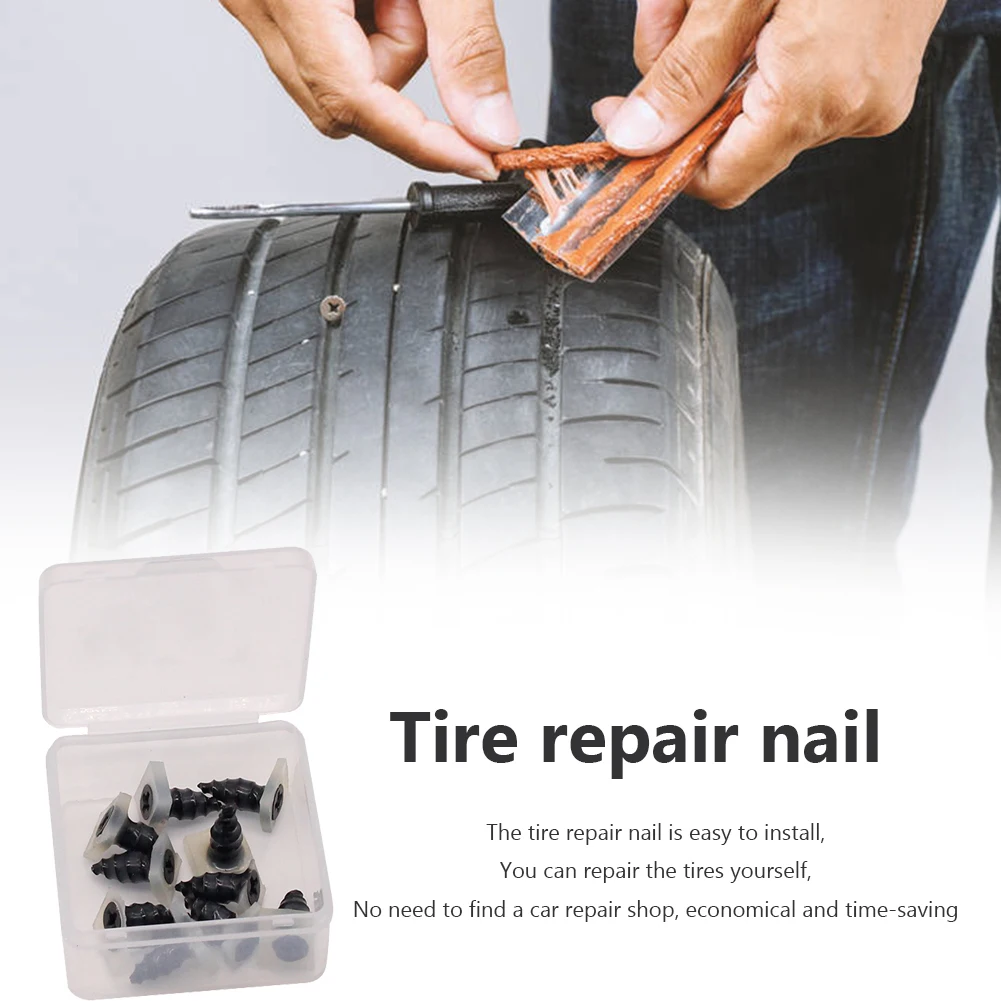
The marking on the tire R14 or R16 (insert the appropriate number) indicates not the radius, but the diameter of the tire according to the seat on the disk.
The letter R stands for RADIAL, that is, the radial type of tire.
Marking 195/65 R15 indicates the dimension of the tire. 215 mm is the width of the tire from bead to bead, but the profile height is 65% of this figure.
Tread pattern type is divided into:
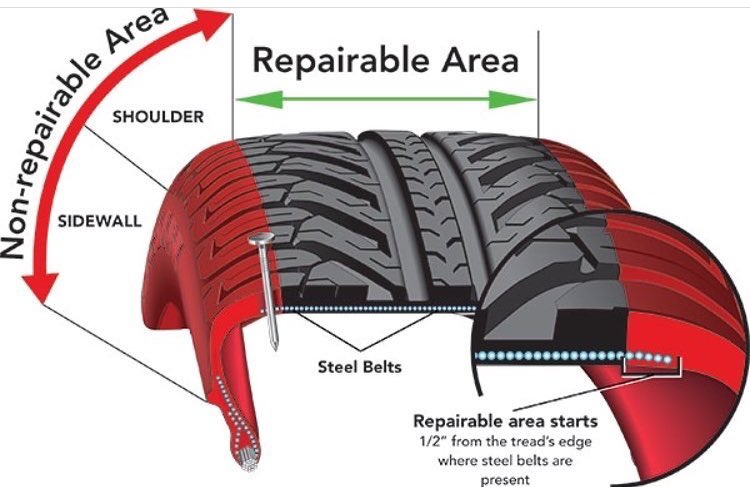 Such tires are much quieter and have no direction of rotation and are not suitable for significant speeds.
Such tires are much quieter and have no direction of rotation and are not suitable for significant speeds.
The tire load index is the maximum load in kg that the tire can support at the maximum speed indicated in the corresponding index. In simple terms, this is the carrying capacity.
Indicated by type designation 91T. You can find out the data in kg from a special table. For example, the indicator 91T corresponds to 615 kg per tire.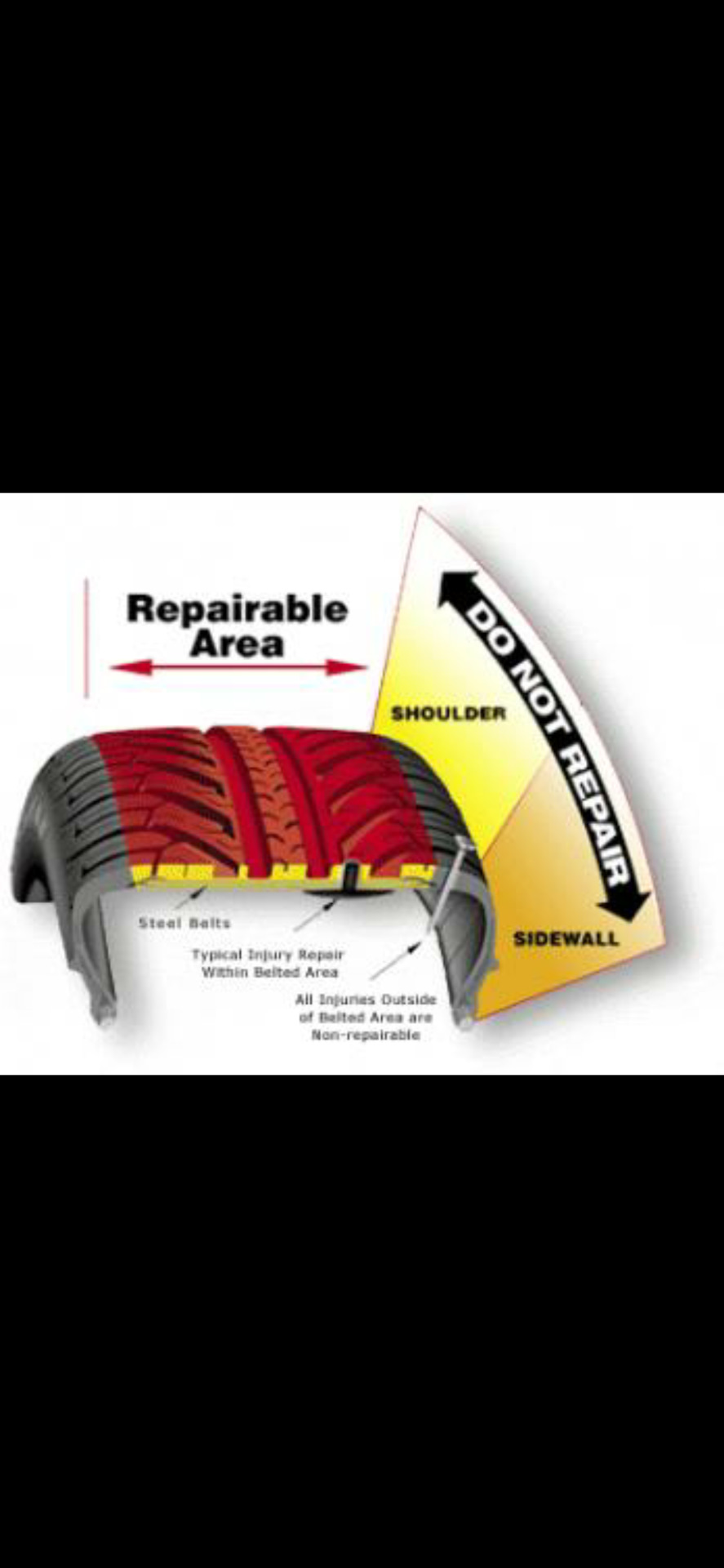
The speed index for a tire is applied to the sidewall with a special letter designation, which can be deciphered using a special table. For example 91T, where T is the speed index. T, stands for the speed limit of 190 km/h.
Brand is an important tire selection parameter. Brands are divided into price segments. Everyone chooses a brand according to their wallet.
Russian brands:
European:
American:
Chinese
Russian
33.33%
European
50%
American
0%
Chinese
16.67%
voted: 6
Summer tires conditionally, can be divided into four large segments according to the operating conditions of the car:

Asphalt tires can be further divided into sub-segments by driving style and vehicle.
For example:
The choice of winter tires depends on the climatic conditions of the region in which you intend to operate the tires. Winter tires are studded and non-studded. The latter, in turn, are divided into European and Scandinavian. Such tires are also called friction tires.0003
Winter tires are studded and non-studded. The latter, in turn, are divided into European and Scandinavian. Such tires are also called friction tires.0003
 The main complaint about studded tires is increased noise and destruction of the asphalt surface.
The main complaint about studded tires is increased noise and destruction of the asphalt surface. Dmitry Troshin
Ask a question
Each type of winter tires has its pros and cons. When choosing a type, you should focus on the operating conditions and your driving style.
Define:
Which tires to choose: wider or narrower? Up or down?
The width, height and diameter of tires for a car is determined by the manufacturer. The data is given in the instruction manual. Sometimes it gives a small range of allowable dimensions.
What are the differences between expensive and cheap tires?
In the production of expensive tires, modern technical solutions and innovations are used, which increases their performance.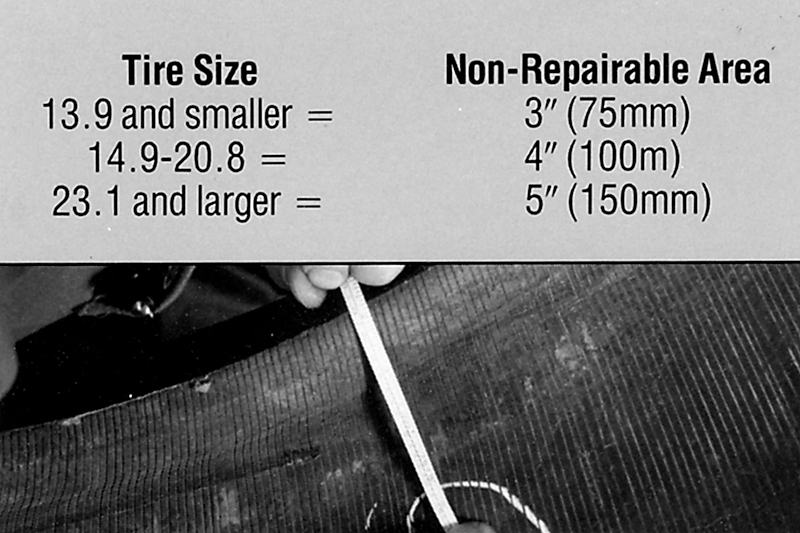 The main difference is the quality of the rubber mass, but expensive brands also do more testing of each type.
The main difference is the quality of the rubber mass, but expensive brands also do more testing of each type.
What are rain tires?
Rain tires designed for better grip on wet roads. Thanks to the V-shaped tread pattern, the tire wicks water away from the contact patch with the track surface, preventing skidding and hydroplaning. Difficulties can be with crossing deep puddles at high speed.
Rain tires differ from regular summer tires by wide diagonal grooves and deep radial channels. Water is drained faster, but the noise level increases.
Which tire is better for winter: studded or non-studded?
Depends on the operating conditions
Why can a tire burst while driving and how can I avoid it?
The main causes of tire damage are a collision with a sharp object or a wheel falling into a hole (the rim is deformed and the tightness is broken). In addition to careful driving, the following measures can help reduce your risk:
Maintain tire pressure within limits.
Monitor tire wear and replace regularly.
Change tires if damaged beyond repair
Do not use welded tread wheels, they are not safe.
Welded treads consist of a machined tire with a welded rubber tread layer. They are difficult to balance, the rubber can peel off at any time, so you need to be very careful with them, but it is better to bypass them altogether.
The tire may burst on the move due to the negligence and inattention of the driver, if he neglects the maintenance of the car. Before installation, the tire must be inspected by the master, an additional inspection must be carried out every time before the trip, and in case of defects, contact the service station.
What are RunFlat tires?
RunFlat tires are designed to withstand road punctures. Normally, the driver would have had to stop and start a full repair as the tire would have buckled, slipped and exposed the rim.
Runflat technology includes sealing the sidewalls and installing a support ring, thanks to which you can drive another 70-100 km to get to the car service.